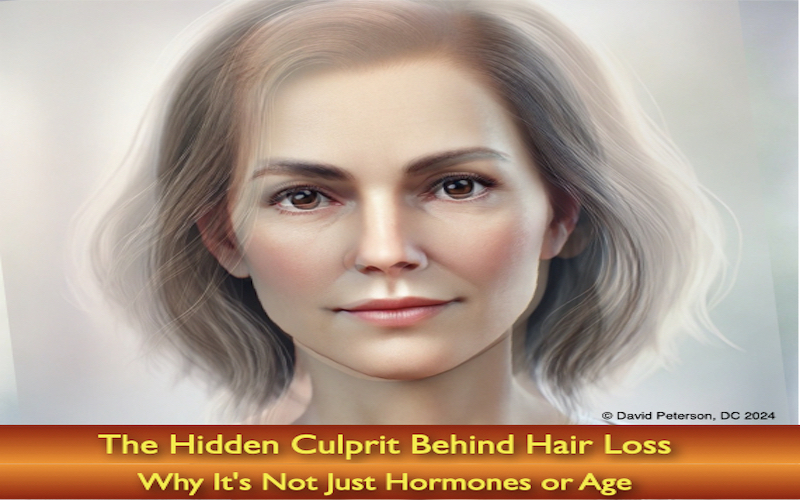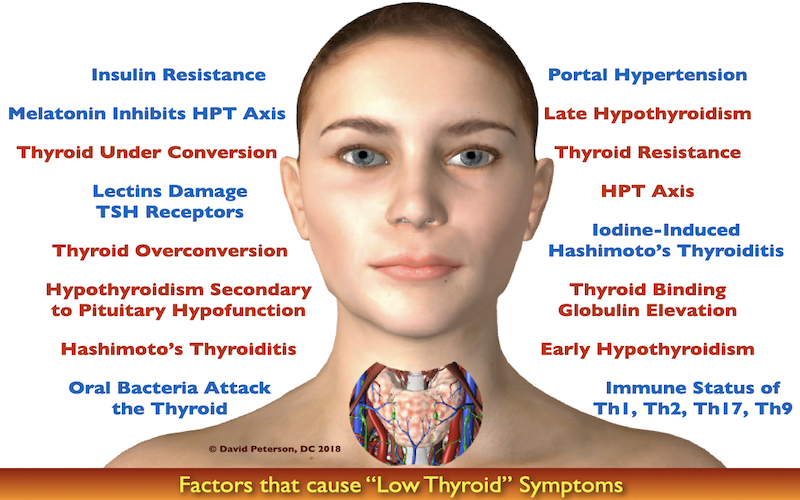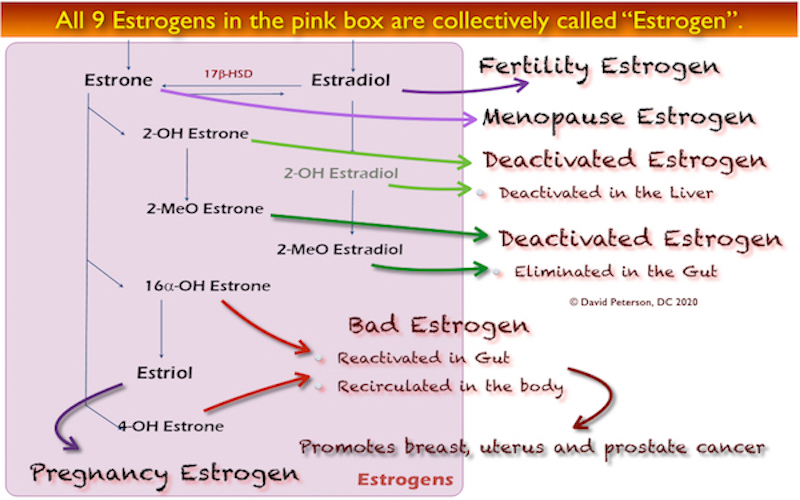Hair loss is often chalked up to hormones, thyroid dysfunction, or the inevitability of genetics and aging. This narrative has become so common that it feels like the only explanation for thinning hair or bald spots. If the thyroid drugs and hormone treatments fail, we’re told to accept it as “just part of getting older.”
But what if the story we’ve been told is incomplete? What if the real trigger for hair loss isn’t hormones or age, but something far more controllable—insulin resistance?
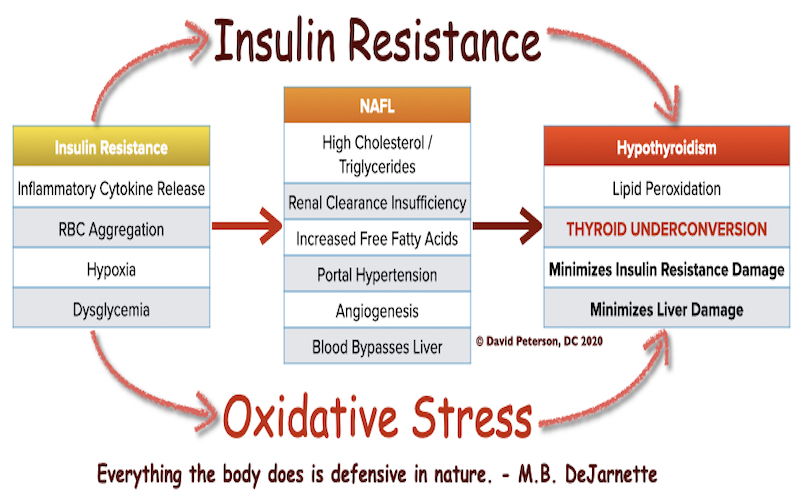
Insulin resistance is the quiet disruptor that sets off a cascade of imbalances, from elevated androgens (hormones like testosterone and DHT) to low thyroid function, all of which can lead to hair thinning, shedding, and baldness. Yet, its role in hair loss is often overlooked, leaving many struggling with ineffective solutions while the true root cause remains unaddressed.
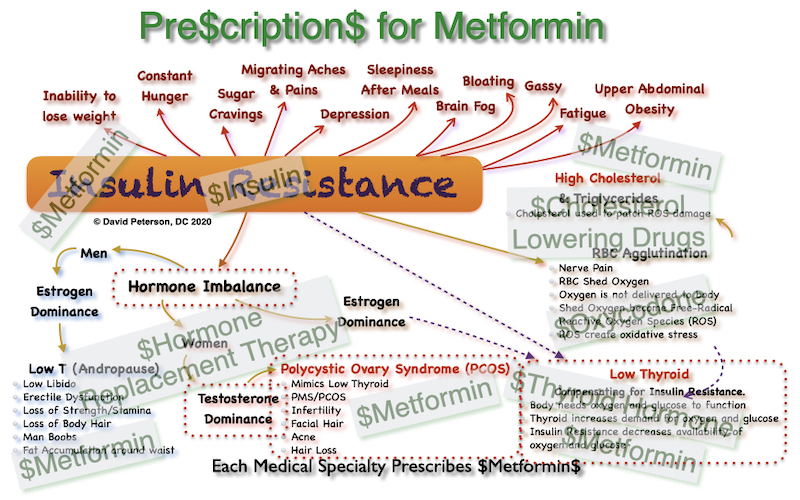
In this post, we’ll explore how insulin resistance is the first domino to fall in the complex chain of events that leads to hair loss—and why understanding this connection can help you finally take control of your hair health.
How Traditional Medicine Often Misses the Big Picture
Doctors often treat these issues as separate problems:
- High cholesterol and triglycerides with medication.
- Fatty liver with dietary changes.
- Thyroid symptoms with thyroid hormone replacement.
- Hormonal symptoms are exclusively a Hormone problem.
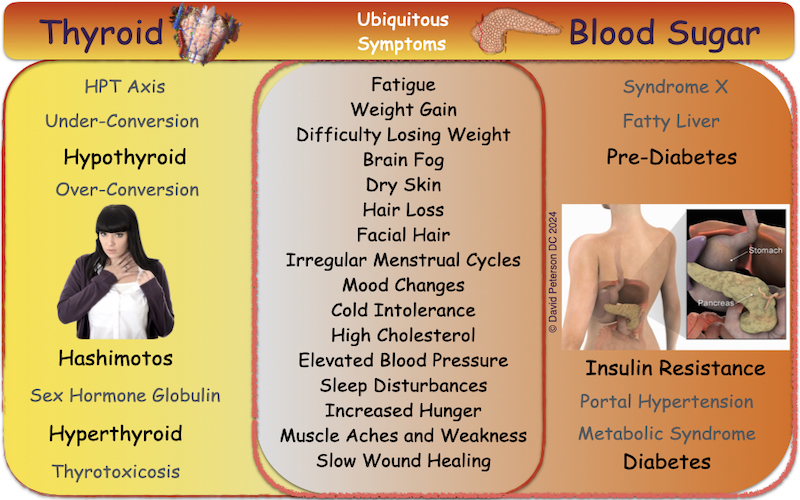
What is Insulin Resistance?
But these aren’t isolated problems. They’re part of a sequence of visceral dysfunction, meaning the organs and systems inside your body are working together in a dysfunctional way. Addressing the root cause—starting with insulin resistance, inflammation, and fat metabolism—can help untangle the chain of problems and restore balance.
Insulin is a hormone that helps your body use sugar from the food you eat. When you have insulin resistance, your cells stop responding to insulin properly, and your body starts making more insulin to try to keep your blood sugar levels normal.
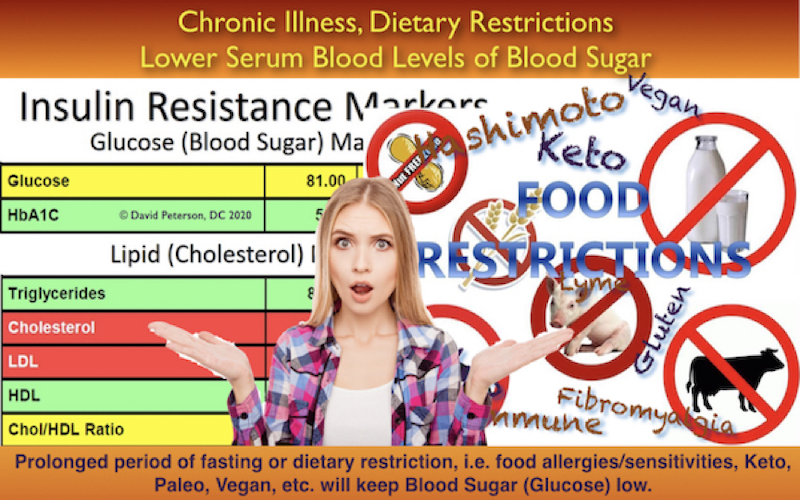
Imagine the pancreas as a factory with two main departments. One department, which makes up about 99% of the factory, is in charge of producing digestive juices to help break down food—this is called the exocrine part. The other, smaller department, only about 1%, is in charge of making insulin, a hormone that helps your body manage blood sugar—this is the endocrine part.
Now, if the big digestive department gets inflamed or irritated—a condition called subclinical pancreatitis—it might not cause obvious symptoms at first, but it can create a toxic and stressful environment in the factory. Over time, the damage and inflammation can start to spill over, harming the small insulin-producing department. The big department of the pancreas can be 90% damaged before modern medicine will recognize it may be a problem.
When these insulin-producing cells are damaged, they can’t do their job as effectively, which means the body doesn’t get enough insulin, produces damaged insulin, or it doesn’t work properly. This can lead to a condition called insulin resistance, where your body struggles to manage blood sugar levels even though insulin is present—it’s like trying to open a locked door with a key that’s slightly bent.
So, the trouble starts in the big department (the exocrine pancreas), but it ends up affecting the small department (the endocrine pancreas), setting the stage for insulin resistance and potential blood sugar issues.
But high insulin levels don’t just affect blood sugar—they also mess with other hormones, including those that control hair growth.
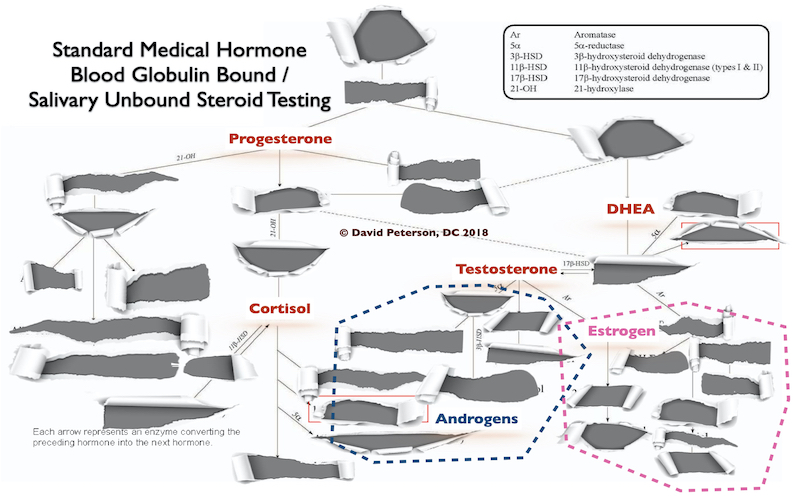
How Does Insulin Resistance Affect Androgens?
Androgens are a group of hormones often called “male hormones,” but women naturally have them too, just in smaller amounts. Testosterone is one of the most well-known androgens.
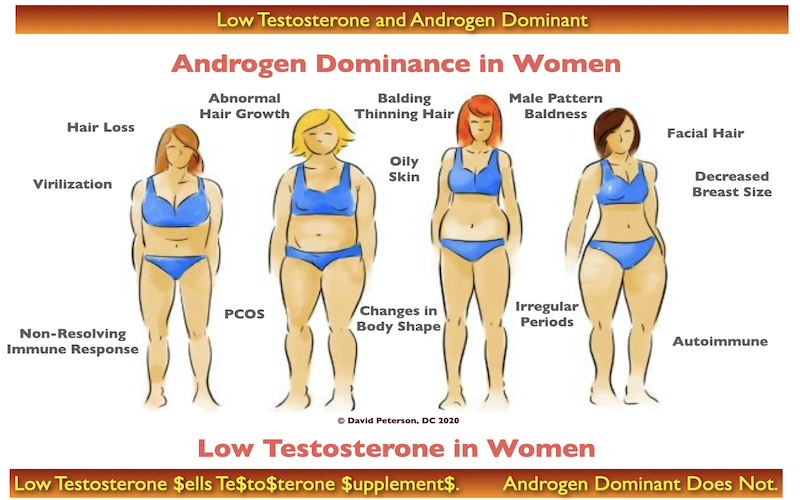
When insulin levels are high:
The ovaries make more androgens: High insulin directly stimulates the ovaries to produce more testosterone and other androgens.
Less SHBG (sex hormone-binding globulin): SHBG is a protein that binds to hormones like testosterone, keeping them inactive. High insulin reduces SHBG, which means more free (active) testosterone is floating around in the blood.
This increase in active androgens is what causes the hormone-related hair changes in women.
How Does This Lead to Hair Problems?
- Hair Loss on the Scalp (Male-Pattern Baldness)
High androgen levels can shrink hair follicles on the scalp, especially around the crown and hairline. This leads to thinning hair or balding in patterns similar to men. - Excess Facial Hair (Hirsutism)
Androgens also stimulate hair growth in areas like the face (upper lip, chin) and sometimes on the chest or back. This is why some women with insulin resistance notice coarse, dark hair in these areas. - Thinning Hair Overall
Androgens disrupt the natural hair growth cycle, causing more hair to fall out and less to grow back.
Overlap Between Insulin Resistance and Low Thyroid Symptoms
Many symptoms, like fatigue, weight gain, brain fog, and difficulty losing weight, are common to both conditions. This overlap can make it challenging to distinguish between the two without proper testing, but they often coexist, especially in metabolic disorders.
1. Insulin Resistance: The First Problem
Insulin is a hormone that helps your cells absorb sugar from your blood to use for energy. When your cells stop responding properly to insulin, your body produces more of it to compensate. This condition is called insulin resistance, and it causes a cascade of problems, including:
Hormonal Imbalances: High insulin levels trigger your ovaries to produce more androgens (male hormones like testosterone). These hormones can shrink hair follicles, leading to hair thinning on your scalp and, in some cases, unwanted facial hair growth.
Inflammation: Insulin resistance causes chronic inflammation in the body, which can damage hair follicles and disrupt the hair growth cycle.
Nutrient Issues: It can also interfere with your body’s ability to absorb essential nutrients like iron and zinc, which are critical for healthy hair.
2. Low Thyroid: The Second Problem
Low thyroid function (hypothyroidism) often develops alongside insulin resistance because the same factors—like inflammation, poor diet, and hormonal imbalances—affect both. The thyroid plays a key role in hair health because its hormones (T3 and T4):
Stimulate Hair Growth: Thyroid hormones keep hair follicles active and growing. When these hormones are low, hair grows slower or stops altogether.
Support Cell Repair: A sluggish thyroid slows down the repair and regeneration of hair follicles, leading to thinning and shedding.
3. The Combined Effect on Hair
When insulin resistance and low thyroid occur together, the effects on your hair are amplified. Here’s how they work together:
More Hair Shedding: Insulin resistance pushes more hair follicles into the resting and shedding phases, while low thyroid slows down hair regrowth, leaving you with thinner hair over time.
Poor Nutrient Supply: Insulin resistance reduces blood flow and nutrient delivery to the scalp, while low thyroid can cause low energy levels, making it harder for the body to prioritize hair growth.
Diffuse Hair Thinning: The combination of these conditions causes widespread thinning of hair across the scalp, making it look less dense.
What Does This Look Like?
- Hair that feels brittle, dry, or breaks easily.
- Thinning hair all over the head (not in patches).
- More hair falling out when brushing or washing.
What Can Be Done?
To improve hair health, the root causes—insulin resistance, androgen dominance, and low thyroid—need to be addressed together:
- Manage Insulin Resistance: Treatments like supplements, or lifestyle changes can help. Eat a balanced diet (low in refined carbs and sugar), exercise regularly, and a BioScreem Sustain Max to check all of your blood markers.
- Balance Androgens: Treatments like supplements, or lifestyle changes can help reduce DHT and regulate hormone levels.
- Support Thyroid Function: Work with @thedrdave to correct the metabolic conditions that cause thyroid imbalances with supplements, nutrition, or lifestyle adjustments.
Hair regrowth takes time, but addressing these interconnected issues can stop further loss and encourage healthy growth.

Discovery Call | Lab Analysis
Embark on your journey to optimal health with our Discovery Call at HyrSelf Functional Medicine. In this personalized consultation with Dr. David Peterson, we’ll delve into your health goals, concerns, and how our approach can benefit you. For a fee of $250, this call lays the foundation for your wellness journey. Plus, if you choose to proceed as a patient, the $250 fee will be credited towards your $799 Initial Consultation, making it a seamless transition towards comprehensive care tailored to your needs.
